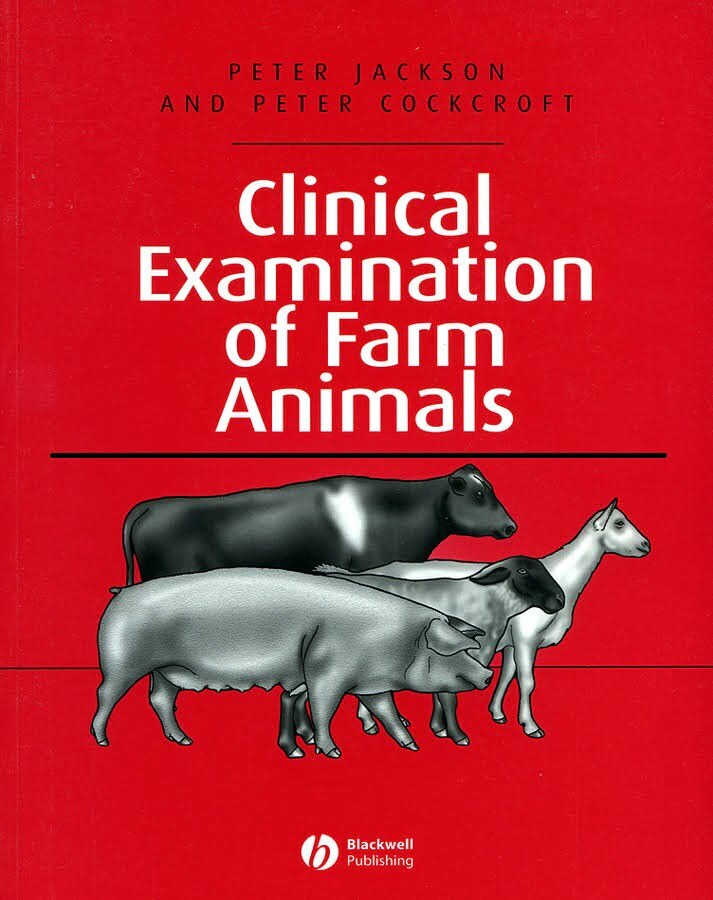Clinical Examination of Farm Animals. Clinical examination is a fundamental part of the process of veterinary diagnosis. It provides the veterinarian with the information required to determine the disease or diseases producing the clinical abnormalities.
Clinical Examination of Farm Animals

In addition, the information derived from the clinical examination should assist the veterinarian in determining the severity of the patho-physiological processes present. Without a proficient clinical examination and an accurate diagnosis it is unlikely that the treatment, control, prognosis and welfare of animals will be optimized.
The purpose of this book is to assist clinicians in performing a detailed clinical examination of the individual animal and to increase the awareness of more advanced techniques used in further investigations. The structure and content of the book should assist veterinary students in their understanding of farm animal clinical examination, act as a quick reference for clinicians who are called upon to examine an unfamiliar species and provide a more detailed account for experienced clinicians in their continuing professional development.
In this book the authors have attempted to describe and illustrate the ways in which clinical examination of farm animal species can be performed. Throughout the book conditions are used to illustrate the predisposing risk factors and the clinical abnormalities that may be present. In doing so the authors have tried to provide information that may assist the reader in formulating differential diagnoses. Numerous illustrations are provided to complement the text.
In the first part of the book the principles of clinical examination are described. The second and largest part of the book is devoted to the clinical examination of cattle. Following a chapter on the general examination of cattle, each body system or region has a chapter in which the applied anatomy is briefly re-viewed and the clinical examination is described in detail. Within each of these chapters there are check-lists on how to perform the examination and what abnormalities may be present. Further parts of the book are devoted to the clinical examination of sheep, goats and pigs. Where the examination of the ovine, caprine or porcine body system is similar to the bovine, the reader is referred back to the appropriate cattle chapter.
The book is largely based on the experience of the authors as practitioners, as consultants in referral clinics and as teachers of clinical veterinary students. The authors hope that the reader will find this book both interesting and useful.
Password: pdflibrary.net
